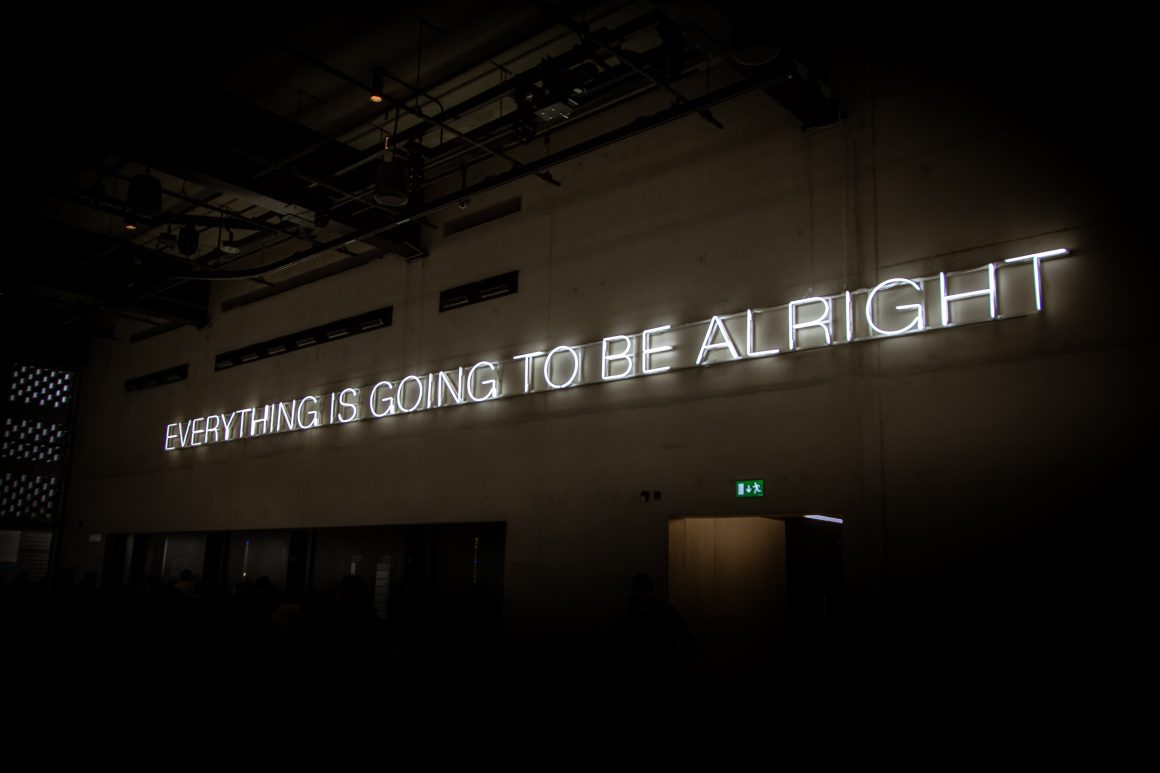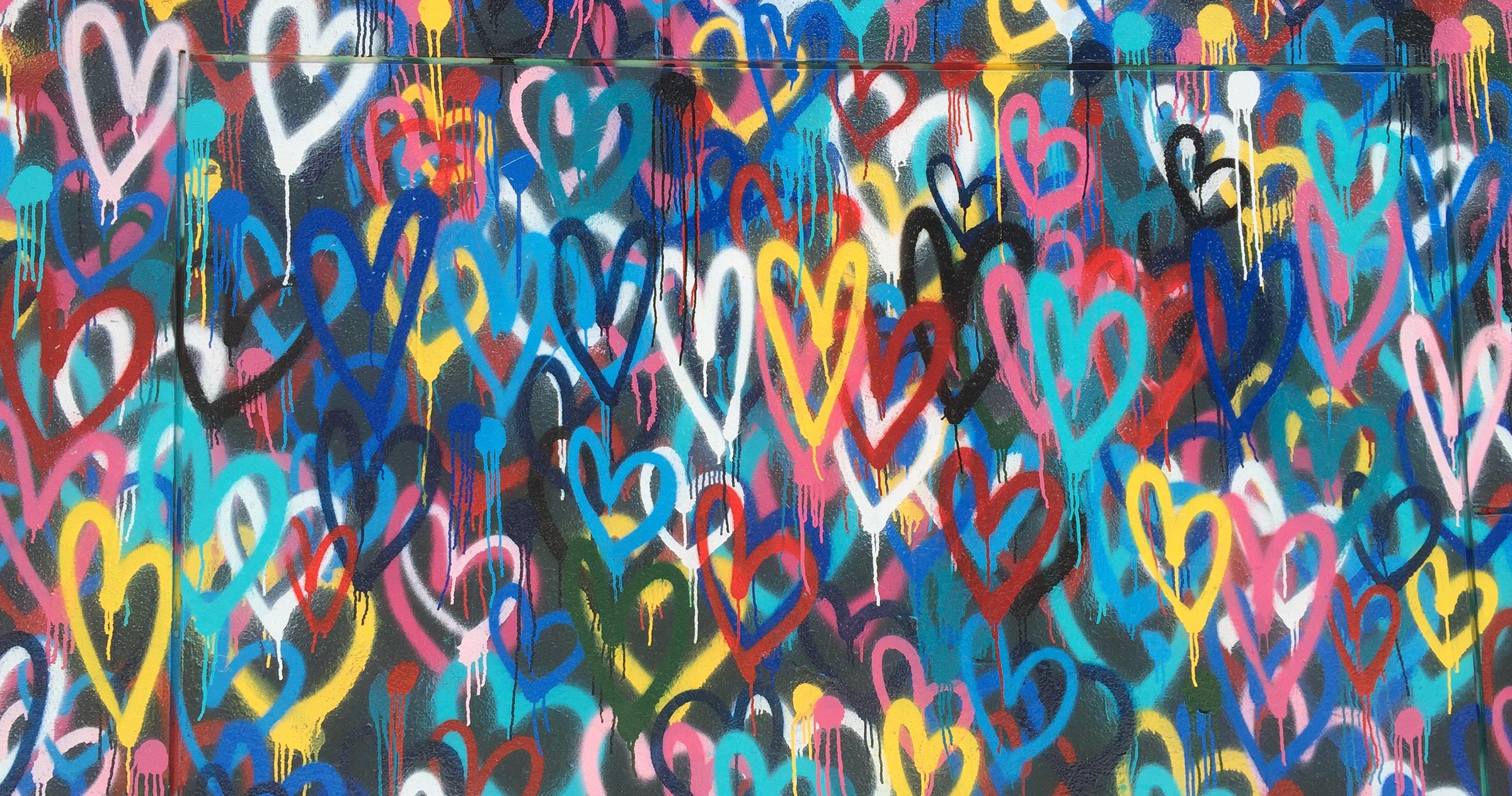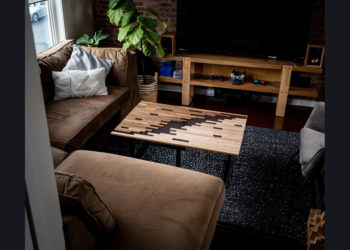Street art is often used to provoke a discussion or an emotion. It can depict violence. However, in recent days, graffiti have become more about love and less about war. The message during these unprecedented times is one of love.
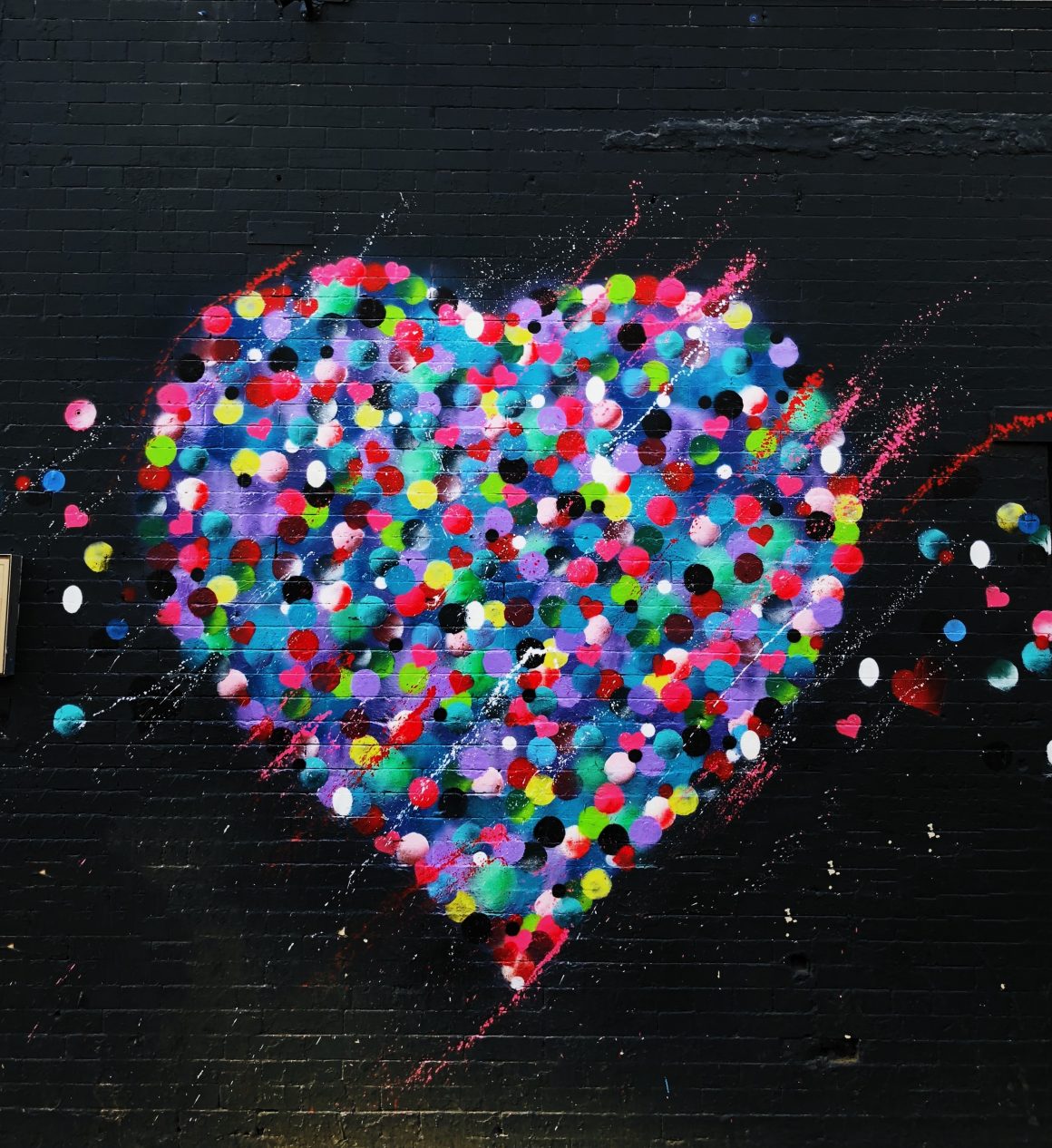
Art has always had the power to influence. Consider Pablo Picasso, Frida Kahlo or Andy Warhol. Picasso’s most famous painting is Guernica, considered by many art critics to be the most powerful anti-war painting in history. The Broken Column by Frida Kahlo expresses her intense pain after a serious traffic accident when she was 18. And who can forget Andy Warhol’s Campbell’s soup cans or depiction of Marilyn Monroe? Each artist with a unique style, each influential.
Art also has the power to heal or give comfort. The rainbow-and-heart symbol is used to communicate inclusivity.
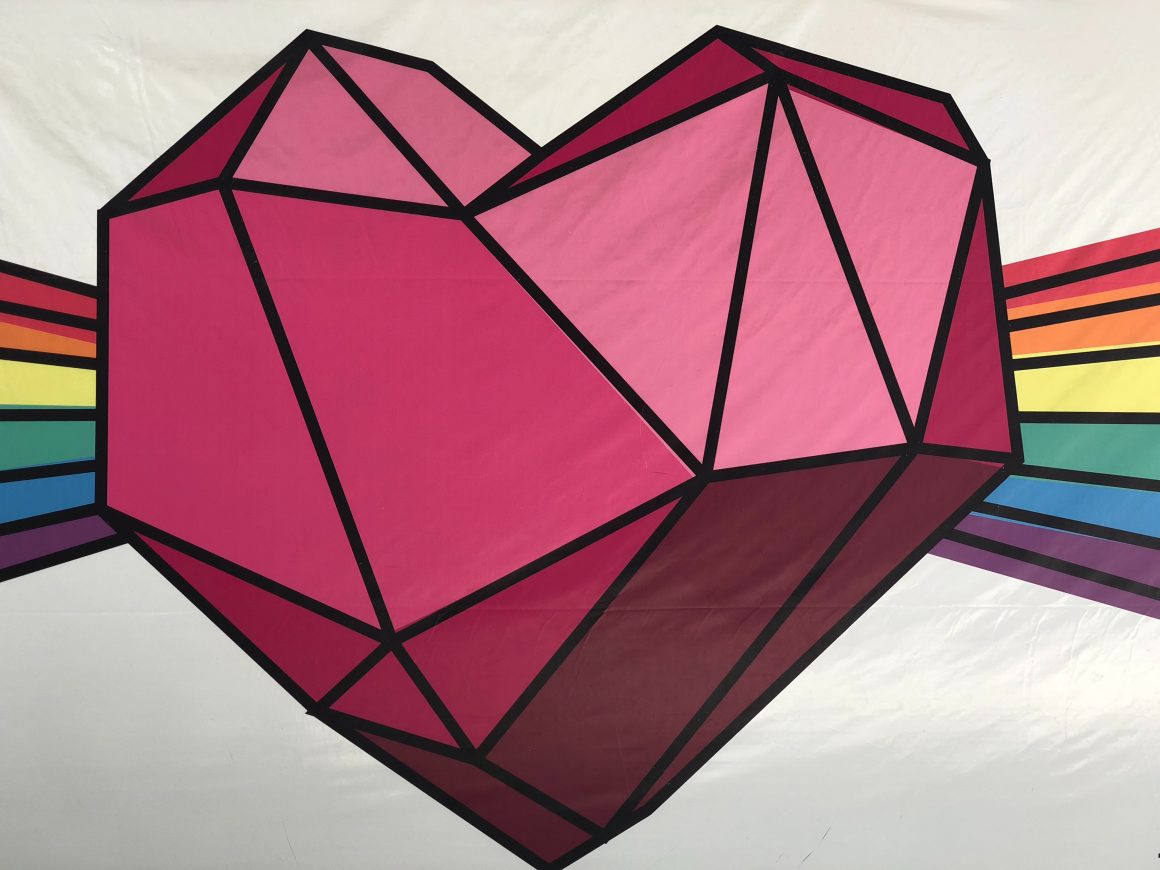
The “Ca va bien aller” (everything will be all right) rainbow has become a beacon of hope in Quebec. Living room windows and front doors across the province are displaying it. And it seems that it’s a worldwide phenomenon as countries across the globe are displaying the message in their own language.
Street artists are also jumping on the love and togetherness bandwagon and photographers are capturing their images. Hearts are popping up everywhere and so are such words as “Together” and the popular phrase “Everything is going to be all right.”
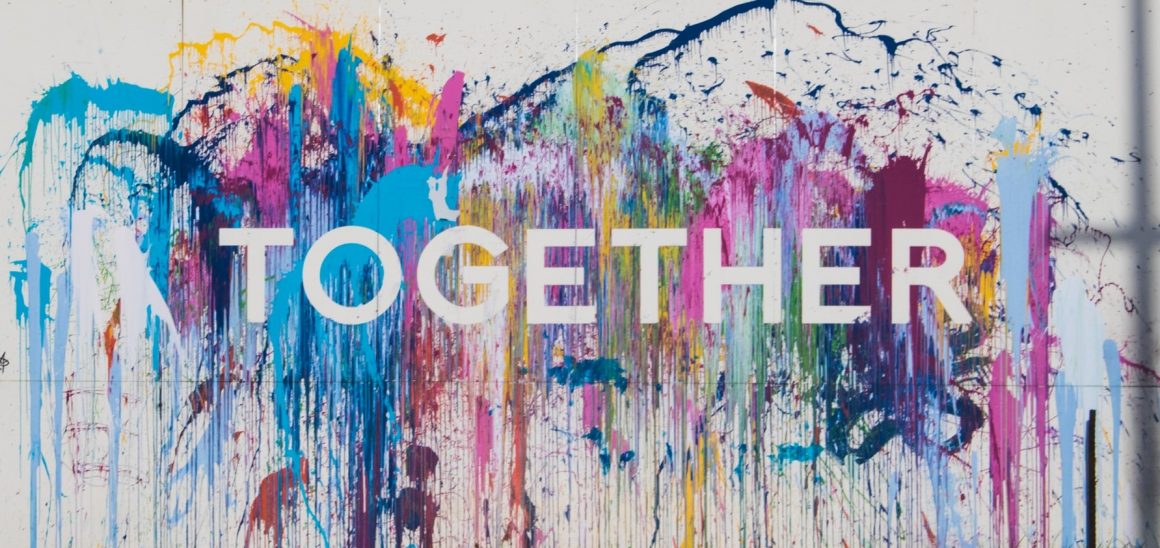
I love the colourful graffiti hearts and wouldn’t hesitate to hang that picture above my white dining room table and chairs. In fact, many street art paintings/photos are living-room worthy and are an easy way of adding colour to a room without making a serious commitment.
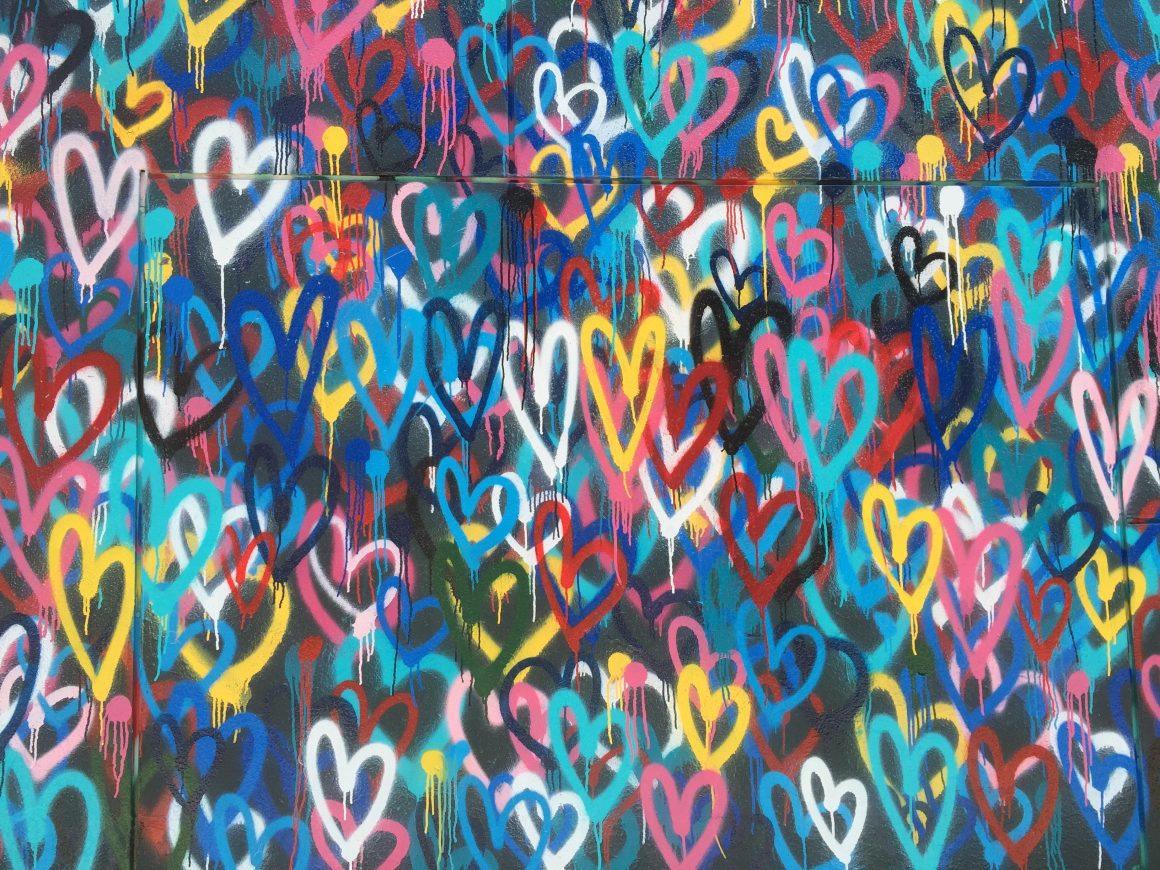
Take a drive or a walk around your town (when the pandemic is over) in search of street art that speaks to you. Whether it’s a message of love or hope or even a famous figure, I’m sure you’ll find something to photograph and display in your home. And remember, everything is going to be all right! •
